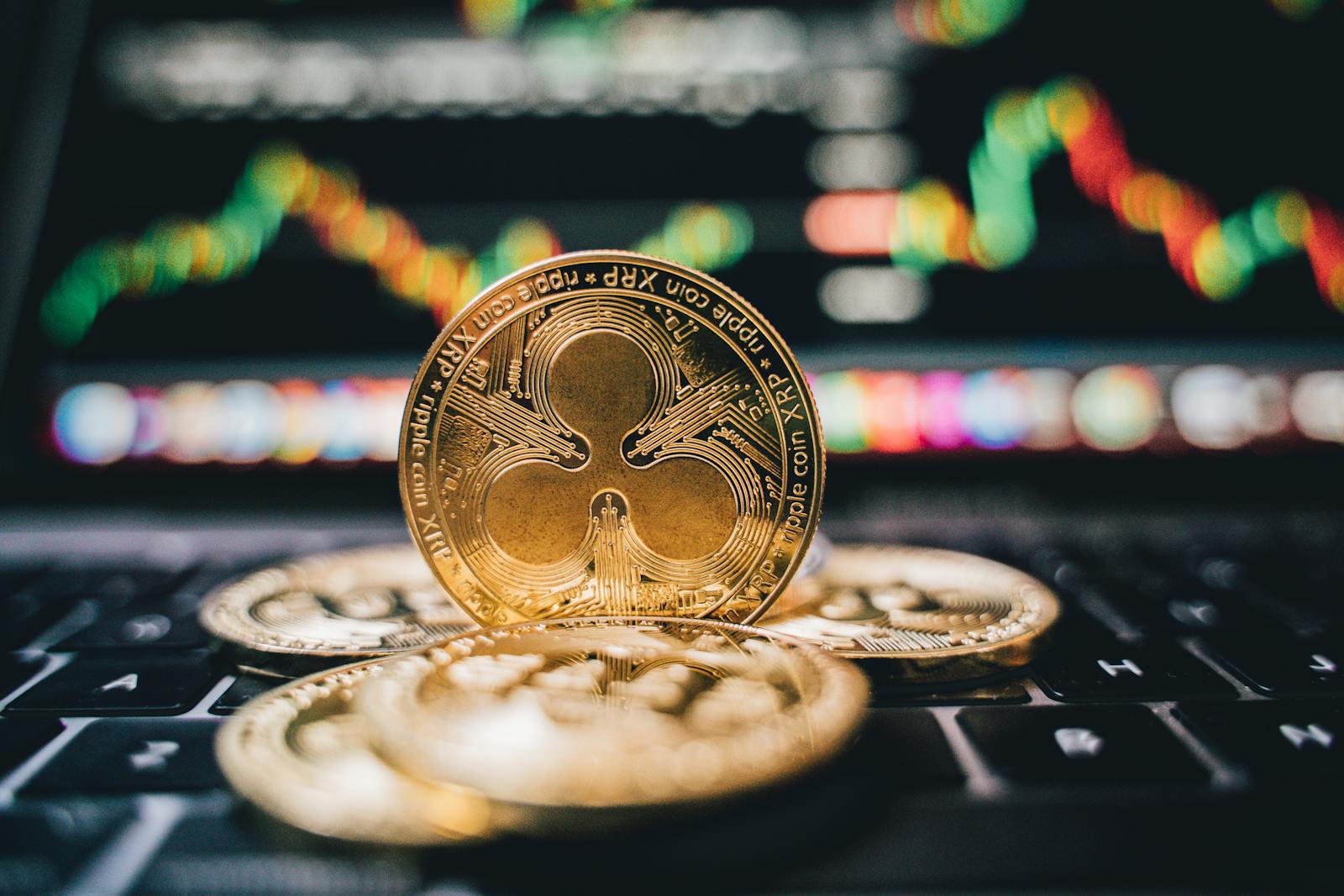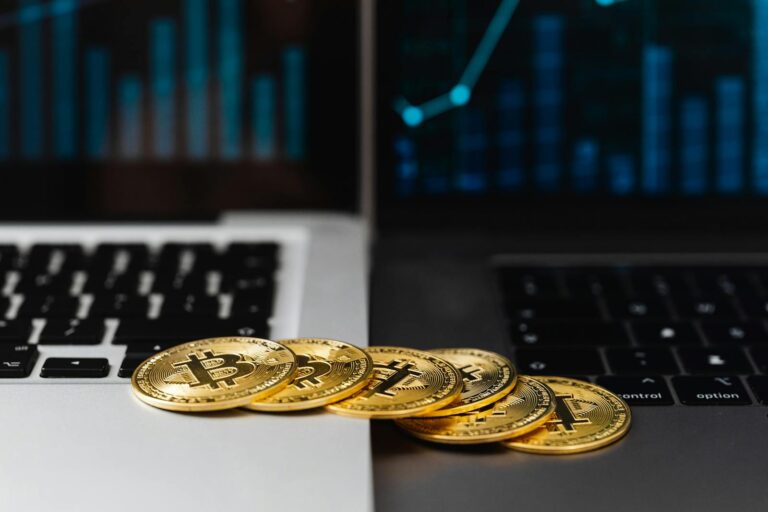Bitcoin Halving 2025 – Understanding Its Implications for Investors
Bitcoin Halving 2025: What It Means for Investors. The upcoming halving event presents both opportunities and challenges for investors seeking to navigate the complexities of the cryptocurrency landscape. In this article, we will delve into the mechanics of Bitcoin halving, its historical performance, and strategies investors can adopt to thrive amid this pivotal change.
Bitcoin Halving 2025: A Primer for Investors
Bitcoin halving — an event that occurs approximately every four years — is a fundamental aspect of the Bitcoin network designed to regulate its supply and inflation rate. The next halving is projected to occur in 2025, slashing the block reward miners receive for validating transactions from 6.25 BTC to 3.125 BTC. This reduction aims to ensure that the total number of bitcoins in circulation will never exceed 21 million.
Understanding the concept of Bitcoin halving is crucial for why it has far-reaching implications for both the price of Bitcoin and investing strategies overall. Historically, halving events have led to price surges, making the halving of 2025 an event of keen interest for both seasoned investors and newcomers alike.
The Bitcoin Halving 2025 event reinforces the notion of scarcity, which has been a major driving factor in Bitcoin’s value proposition. As we approach this pivotal moment, it’s essential to explore what it means for market dynamics, investment opportunities, and potential risks that can arise around the event.
What is Bitcoin Halving?
Bitcoin halving occurs when the reward for mining new blocks is cut in half, reducing the rate at which new coins are generated. This happens every 210,000 blocks, approximately every four years. The halving is pivotal for controlling inflation and ensuring that Bitcoin maintains its rarity over time.
The primary purpose is to introduce scarcity into the Bitcoin ecosystem. Unlike traditional fiat currencies, which can be printed on demand, Bitcoin’s supply is fixed. This cap on its maximum supply provides an element of predictability, influencing both immediate and long-term investment strategies.
The Importance of Scarcity
As the old adage goes, “supply and demand dictate price.” The relative scarcity of Bitcoin contributes significantly to its increased demand. With each halving, miners are rewarded with fewer bitcoins, which contributes to a decrease in new coins entering the market. This could lead to upward pressure on the price, particularly if demand remains constant or increases.
Consequently, the implications of Bitcoin halving for investors are profound. Recognizing the cycle of halving is vital for understanding potential price movements and adopting sound investment practices.
Past Halvings and Their Impact
To appreciate the implications of the upcoming Bitcoin Halving 2025 fully, it’s essential to examine previous halving events. The most notable halvings occurred in 2012, 2016, and 2020. Each of these events has corresponded with significant market shifts and price spikes, demonstrating a pattern that often follows the halving cycle.
In 2012, the price of Bitcoin went from around $12 to nearly $1,200. In 2016, the price surged from around $450 to nearly $20,000. The 2020 halving saw Bitcoin hitting the $60,000 mark. While the market conditions contributed significantly to these price movements, the psychological impact of halving should not be underestimated.
Investors often rally around the anticipation of these events as it instills a sense of urgency and optimism, leading to speculative buying that drives prices up.
Understanding the Mechanics of Bitcoin Halving
Understanding the mechanics of Bitcoin halving allows investors to grasp the economic principles driving scarcity and value appreciation. This section will explore how halving impacts transaction security and network dynamics and clarify its implications for both miners and investors.
How It Works
When a miner successfully adds a new block to the blockchain, they receive a specific number of newly minted bitcoins as a reward. This reward is not fixed; it halves approximately every four years.
- Initial Reward: When Bitcoin was launched, the reward was set at 50 BTC.
- First Halving: In 2012, this amount halved to 25 BTC.
- Second Halving: In 2016, it halved again to 12.5 BTC.
- Third Halving: In 2020, the reward dropped to 6.25 BTC.
- Next Halving: Scheduled for 2025, it will be reduced to 3.125 BTC.
As Bitcoin’s supply continues to be reduced, the economic forces affecting prices become increasingly complex.
Mining Rewards and Fees
While halving reduces the block reward, it’s essential to consider the role of transaction fees in miner revenue. As the Bitcoin Halving 2025 approaches, potential changes in mining profitability may compel miners to adapt their operations. Higher transaction fees can help offset the diminished block reward, particularly if the network sees increased activity and demand.
Additionally, miners may also invest in more efficient hardware and technology to ensure sustained profitability. The relationship between halved rewards and fees is crucial for understanding how miners will adjust to the changes.
The Impact on Network Security
Bitcoin relies on miners to secure the blockchain by validating transactions. A reduction in block rewards could lead to shifts in miner participation, as some may choose to exit the market due to low profitability. This raises potential concerns for network security.
While Bitcoin is highly resilient, it’s essential to monitor miner activity post-halving. If a significant number of miners leave the network, it could create problems related to transaction validation speed and overall security.
Projected Impact of the 2025 Halving on Bitcoin Supply
The upcoming Bitcoin Halving 2025 has several broader implications for Bitcoin’s overall supply, ranging from inflationary dynamics and scarcity to the effects on market psychology. Understanding these factors is vital for investors looking to position themselves wisely in a volatile cryptocurrency landscape.
Scarcity and Demand Dynamics
A continuous decline in the rate at which new bitcoins are created may trigger an increase in demand. As the available supply dwindles, investors may rush to purchase Bitcoin before prices appreciate significantly. This behavioral psychology often leads to a ‘FOMO’ (fear of missing out) mentality that further drives the price upward.
The question remains whether historical patterns will repeat as they have during earlier halving events. Will the market respond in the same manner, or are we entering uncharted territory this time?
Inflation Control
Bitcoin is often heralded as a hedge against inflation due to its deflationary structure. As the halving reduces the rate at which new bitcoins come into circulation, the asset’s value may rise, especially as fiat currencies face inflationary pressures.
As central banks continue to print more money, wealth preservation becomes increasingly important, and Bitcoin may act as a digital form of gold. This narrative is essential for attracting institutional investors looking for alternatives to preserve capital during volatile economic conditions.
Market Sentiment and Speculation
Anticipation surrounding the Bitcoin Halving 2025 creates an electric atmosphere. Market sentiment plays a crucial role in shaping investment decisions, as the energy surrounding the event may lead to speculative trading. Social media, news outlets, and influential figures in the cryptocurrency ecosystem are likely to ramp up discussions, increasing market visibility for Bitcoin.
Investors should remain vigilant about sentiment trends, as historical price spikes often correlate with overall market bullishness tied to the excitement of halving events.
Historical Performance of Bitcoin After Previous Halvings
Understanding historical performance can provide valuable insights for investors. Bitcoin has gone through cycles of boom and bust following previous halving events, and learning from these trends can inform future investment strategies.
Price Trends Post-Halving
Following past halvings, Bitcoin has generally seen dramatic price increases:
- 2012 Halving: Bitcoin’s price rose from around $12 to nearly $1,200 in the subsequent year.
- 2016 Halving: Bitcoin surged from approximately $450 to close to $20,000 within 18 months.
- 2020 Halving: Within a year, Bitcoin skyrocketed from about $8,000 to its all-time high near $64,000.
While past performance does not guarantee future results, these trends suggest heightened demand and potential price appreciation after halving events.
Market Corrections
It’s important to note that while Bitcoin often experiences strong bullish runs post-halving, market corrections typically follow. After reaching peak values, Bitcoin’s price can become overextended, resulting in significant pullbacks.
For instance, after the 2017 surge to $20,000, Bitcoin didn’t hold those levels for long and dropped to around $3,000 in the subsequent bear market. Investors should be cognizant of this pattern and exercise caution in expectation management.
Lessons Learned
Considering past trends surrounding Bitcoin’s price history encourages a deeper understanding of market cycles. The Bitcoin Halving 2025 is not simply another event; it presents an opportunity to learn from previous experiences.
Investors should strategically plan their investments while maintaining an awareness of potential volatility. Leveraging historical data as a guide can lead to smarter decision-making.
Investment Strategies to Consider Before and After the 2025 Halving
Preparing for the Bitcoin Halving 2025 requires savvy investment strategies to capitalize on opportunities while mitigating risks. Investors should comb through various approaches to position themselves optimally.
Long-Term Holding
A popular strategy is the buy-and-hold approach, where investors accumulate Bitcoin in anticipation of price appreciation post-halving. This method allows individuals to sidestep short-term price fluctuations while benefiting from long-term growth.
- Value Investing: Focus on acquiring Bitcoin at lower prices before expectations of upcoming price increases.
- Dollar-Cost Averaging: Consistent purchasing at regular intervals can average out the purchase price and minimize the impact of volatility.
These tactics merge investor sentiment with a disciplined approach, ensuring readiness for potential price surges or corrections post-halving.
Diversification with Altcoins
Investors may also consider diversifying their cryptocurrency portfolio to mitigate risks. While Bitcoin holds significant promise, other coins may present attractive opportunities:
- Ethereum: With its smart contract capabilities, Ethereum can offer different value propositions.
- DeFi Tokens: Decentralized finance projects can provide significant returns as the ecosystem grows.
Diversifying can help investors capitalize on various growth opportunities while reducing dependence solely on Bitcoin.
Engaging in Options and Futures
For more experienced investors, options and futures trading surrounding Bitcoin may provide ways to leverage positions or hedge against potential declines.
- Options: Involving the right to buy or sell Bitcoin at a specified price can provide strategic advantages, especially in highly anticipated periods.
- Futures Contracts: Allowing investors to speculate on Bitcoin’s price trajectory in the future can also yield profit opportunities.
These strategies are best employed with a keen sense of market dynamics and risk management capabilities.
Risks and Opportunities: Navigating the Bitcoin Halving Landscape
While the Bitcoin Halving 2025 can indeed provide lucrative opportunities, it also comes with inherent risks. Investors must navigate the multifaceted landscape carefully to enjoy the benefits while safeguarding their assets.
Volatility and Market Manipulation
The cryptocurrency market is known for its volatility, which can be exacerbated during significant events like halving. Large trades, particularly from institutional investors, can cause abrupt price swings.
In addition, speculative activity and market manipulation are commonplace. Trading volume can significantly influence sentiment; sudden sell-offs might trigger panic selling, leading to downturns.
Investors must maintain emotional discipline and avoid reacting impulsively based on temporary volatility. Monitoring market indicators and trends could serve as valuable tools for maintaining a sound investment strategy.
Regulatory Risks
Regulatory environments are evolving, potentially impacting the cryptocurrency landscape. While institutions are becoming more accepting, governments may impose stricter regulations or unforeseen restrictions, which could dampen enthusiasm.
Navigating the regulatory landscape becomes critical for investors, who should stay informed about policy changes that could influence the market, particularly surrounding the upcoming halving.
Technological Risks
Since Bitcoin involves a highly complex technology, concerns around cybersecurity or technological vulnerabilities can emerge. Past incidents have illustrated how cyber attacks can affect prices and investor confidence.
Investors should prioritize the security of their holdings by implementing robust security measures, especially during halving periods when market interest peaks.
Conclusion
The Bitcoin Halving 2025 is poised to be a pivotal moment in the cryptocurrency landscape, laden with both opportunities and risks for investors. As the block reward cuts in half, the effects on Bitcoin’s supply dynamics could create significant market shifts. By understanding the mechanisms of halving and learning from past events, investors can craft informed strategies. However, navigating the swirling uncertainties of volatility, regulatory concerns, and technological risks will also be essential to capitalizing on the exciting prospects presented by the upcoming halving.








